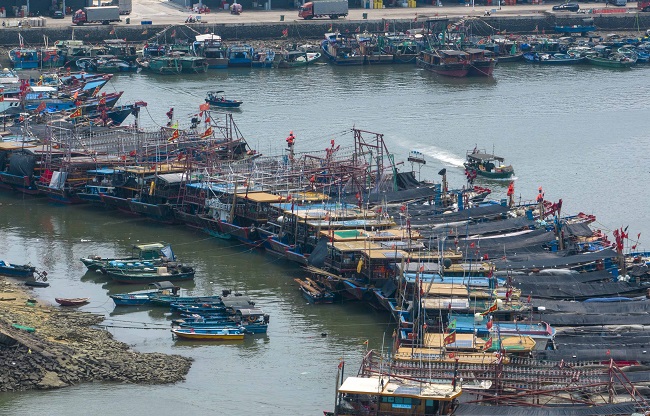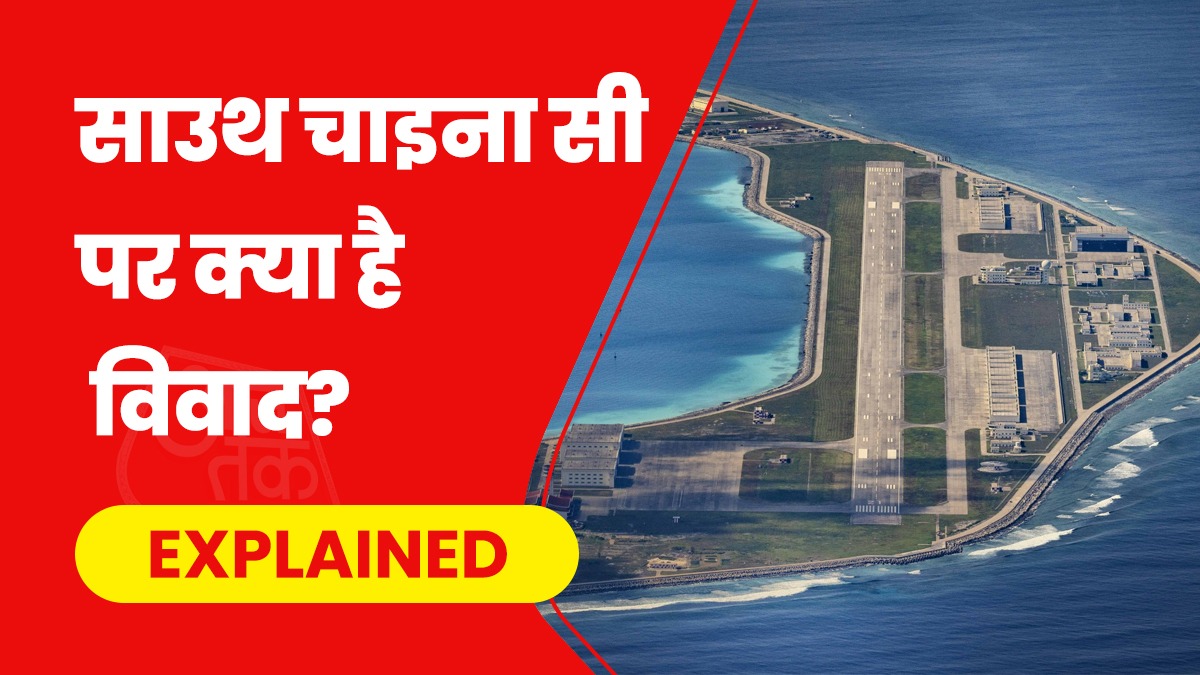The Asia Maritime Transparency Initiative (AMTI) recently revealed that Vietnam has constructed artificial islands covering over two thousand acres in the South China Sea. China owns nearly twice as many islands in the vicinity. Practically all nations within the sea's vicinity are building islands to solidify their territorial claims. It is believed the South China Sea is at the forefront of global maritime disputes.
The Geographic Setting
The South China Sea is adjacent to the western edge of the Pacific Ocean, lying southeast of the Asian mainland. The southern part skirts China's borders, while the southeastern portion is claimed by Taiwan. To the east, it connects with Vietnam and Cambodia, and the Philippines sits along its western coast. Indonesia's islands are to the north of the area.
The International Interest
The sea's connection to multiple countries makes it one of the busiest shipping lanes worldwide, where a significant volume of international trade transpires. Even Japan, not directly linked to the South China Sea, engages in commerce through Vietnam and the Philippines.
The United Nations Conference on Trade and Development estimates that 21% of the world's trade passed through these waters in 2016, a figure likely elevated since then.

Source: aajtak
Rich Resources Beneath the Waves
The South China Sea, rich in seafood, is mostly in dispute over the Paracel and Spratly Islands. According to various studies, approximately 190 trillion cubic feet of natural gas and 11 billion barrels of oil reside under the sea. The region also abounds in coral and marine life, with more than half of the world's fishing vessels operating here.
Strategic significance increases due to its adjacency to several national boundaries, providing a vantage point for placing military bases on the constructed islands and monitoring neighboring territories.
China's Overarching Claim
China lays claim to nearly 90% of the sea, based on the so-called Nine-Dash Line map developed by Chinese geographer Yang Hui during the 1940s. Yang created the Map with sporadically placed stripes and labeled virtually 300 artificial islands, collectively referred to as the South China Sea Islands. His map and the territorial assertion have received international attention, including coverage by TIME Magazine.
Counterclaims by Other Nations
- Vietnam straightforwardly states its control over the Paracel and Spratly Islands since the 17th century, holding an extensive trove of documentation to support its claim.
- The Philippines, positioned closer to the Spratlys, presents a strong claim to the contested territory.
- The Philippines and China have also disputed the ownership of the Scarborough Shoal, merely a hundred miles from the Philippines.
- Malaysia and Brunei claim parts of the South China Sea closest to their shores.

Source: aajtak
According to the United Nations Convention on the Law of the Sea, a nation's maritime claims can extend to 220 nautical miles from its coast if it can substantiate sovereignty over the waters. Such claims are acknowledged even for remote islands near the asserting nation's maritime boundary or where the plant life is similar to that on its own soil.
Historical Conflicts
- In 1974, China seized the Paracel Islands from Vietnam in a conflict resulting in over 70 Vietnamese troop casualties.
- In 2012, Philippines and China nearly engaged in a major standoff, blocking each other’s passage in the sea.
- As of 2023, the Philippines accused Chinese vessels of targeting their boats with lasers, attempting to deflect their navigation.
To strengthen their claims, China and other nations began constructing artificial islands. China has developed excavation machines that transport soil from the shallow edges to the coral reefs, forming a solid foundation upon which rocks and concrete are later added. These activities have continually drawn objections from numerous countries and even faced threats of escalation to the United Nations.




